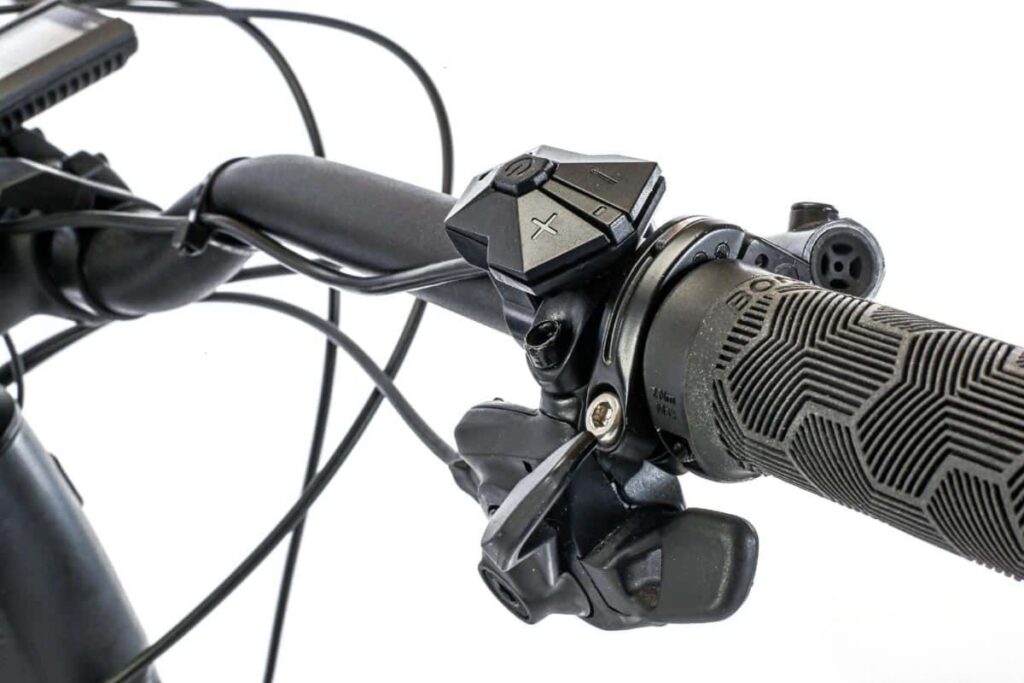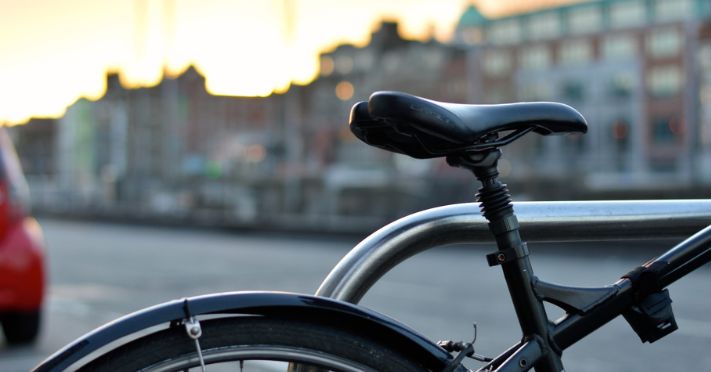E-bikes are hotter than ever, and amid all that buzz, people seem to be dreaming up new ways to get themselves “e-ified.” When it comes to home-built e-bikes, it could just be worth doing. Although, I suggest doing a bit of analysis of your purpose and what style of riding you’ll mostly be doing.
DIY E-Bike Considerations
When it comes to building your e-bike, it’s important to first consider how you’re going to use it. Certain applications could potentially cause equipment failure sooner than expected, leaving you with a costly project bike just sitting in the garage. On the other hand, I’ve seen people make heavy-duty-quality home builds that can take a beating out in the mountains.
With that said, there is an extra cost in building anything with integrity ready to get you thousands of miles of life without major headaches along the way. Remember that it’s not particularly about the money you put into a project if it’s getting you the value you want. In other words, you may spend just as much building your own e-bike as you would a pre-manufactured bike. If it’s getting you something you can’t find anywhere else, or if it’s just what’s convenient for you, it could be worth the money.
On average, you’ll add about 10-15 lbs to your bike. It’s important to ensure your other parts, like the tires and brakes, are up to date, and ultimately it could be beneficial to upgrade brakes or shop for larger rotors if your bike will allow it.
I’ve seen some creative builds that even got me thinking of different possibilities, such as former motocross national champ and paraplegic Doug Henry, who has built a downhill GT race bike. He uses a throttle and hits really rough courses, and he is an example of how a build can be done with durability in mind. It’s a matter of being technical enough and having the cash to do it right or paying someone else to build it for you, which can be costly. At my shop, I would charge, on average, $350-$500 for an installation, depending on how much custom fabrication we would have to do.
Buy The Right Parts
First, find a reputable company, such as Luna Cycle, to help you immediately get the correct parts. Ensure the company will be willing to help you work out any issues you might run into during the process, but keep in mind that not every bike is the same.
It’s common to miss a step in evaluating what you have to know what parts you need. In addition to the kit and battery, you should consider buying an e-bike-rated chain. If you plan to put a new chain on worn-out gears, it would be better to wait and replace all the drivetrain parts together because otherwise, the chain will skip over the teeth and not cooperate with you. Getting a front chainring with the proper offset is also critical. Batteries can cost anywhere between $450 and $1100, and it’s a similar price range for motors, with the exception of some really high-dollar motors for custom-built bikes.
I found one mid-drive kit from Cycle Charged that includes everything you need, including a battery, motor, basic display, wire harness, throttle, cranks, all the sensors, and all the hardware you’ll need, as well as a special tool for tightening the motor to the bottom bracket. That kit was $1,000 for the mostly entry-level components that would work just to get you going. The main takeaway is that you can spend a lot of time going down various rabbit holes, so beware of how much time and money you want to spend.
California Ebike makes a quality brace that attaches to the chainstay and secures a bolt-on mid-drive. It helps secure any side-to-side or front-to-back force coming from the torque of the motor, and it’s strong and simple to install. Often, the downtube can leave you minimal real estate to attach the mount the battery slides into. Usually, that mount is flat on the side that sits on the downtube, which isn’t ideal for securing it to the frame.
Most batteries are bulky and hefty, which require as much security as possible. But Canadian company Grin Technologies has a special battery mount curved on the side that connects to the downtube. It offers a substantial amount of support compared to just strapping on the mount that comes with the battery.
Does Your Bike Qualify For A Motor?
Most rear-hub-driven motors can be installed on a bike with dropout-style axles because the motor has the axle built into it. So checking the width of the wheel spacing and confirming that the hub-drive motor you’re buying matches that width is crucial. Ensure your bike has a good spot to mount the battery securely. Most hardtails have a decent amount of space in the front triangle to mount a battery, and most bikes with rear suspension lose room to accommodate the linkage and shock.

For mid-drive units, 68mm is the minimum bottom-bracket-width standard. So again, ensure you have a bottom-bracket width that matches the mid-drive unit you’re purchasing. Some people may even consider a front hub-drive motor. In that case, it’s even more crucial to analyze the strength and quality of your bike. The amount of force on the head tube from the motor pulling the forks forward is more than you might think. This can work for a while, but over time can cause unwanted stress on the head tube and would be disastrous if it failed while riding.
Be Thorough And Technically Inclined
Many companies sell motors and build kits at this point, and while installation may seem like a few simple steps, there can be challenges. Whether mounting a mid-drive unit or a battery, it can take some critical analysis and smart thinking to get everything secured; for example, extra bands around the battery can keep it from wobbling.
I’ve seen many batteries jump out of their holders because they weren’t secured properly. In some cases, you’ll have to cut your wire harnesses down to a more practical length, requiring soldering them back together. Typically, the battery would mount using the bosses for the water-bottle cage, but find a way to add extra straps or bands around the battery and the controller until you’re certain it’s secure.
Consider What’s Right For You
Note that when you buy a pre-manufactured e-bike, it will have a more natural-feeling power compared to an add-on kit motor. Pre-built bikes will be much more intuitive, integrated, and efficient than DIY ones.
But other than cost, a good question remains: why do you want to build your own e-bike? Is it because there’s something a pre-made e-bike can’t give you, such as a throttle? Is it a budget issue? In that case, you may be able to get rolling for relatively cheaper than spending big bucks on a pre-made e-bike. Maybe you’re just in the pursuit of doing things yourself, and from my experience, that’s a rewarding feeling and worth pursuing, as long as you’re confident that it can be both cost-effective and safe.
Good luck to everyone considering building their own, and like always, send us your letters and pictures with your DIY experiences!
Get more practical insight on electric bikes with our overview of cheap e-bike problems, the best e-bike accessories you can buy, and discover how to maximize your e-bike’s range.

